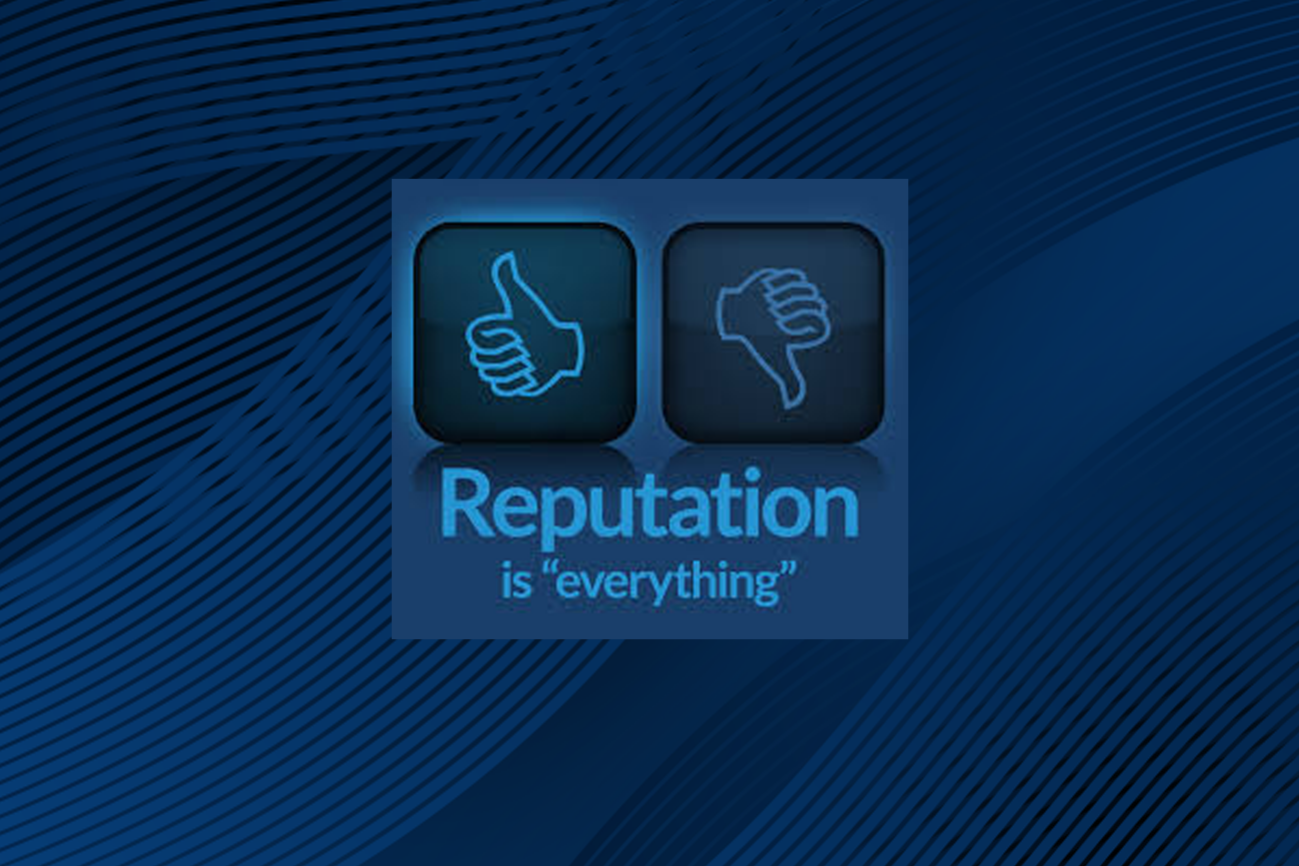*Article published on January 4, 2019 in the Credit Union Times.
rep·u·ta·tion (n) /ˌrepyəˈtāSH(ə): The beliefs or opinions that are generally held about someone or something. A widespread belief that someone or something has a particular habit or characteristic.
Brand (n) /brand/: A type of product manufactured by a particular company under a particular name.
2019 will be another pivotal year for credit unions to emerge as credible, trusted financial institutions. To that end, individual credit unions should continue to champion the credit union movement and embrace such branding campaigns as CUNA’s “Open Your Eyes.” This year, credit unions should also attempt to balance their overall efforts to both strengthen their individual brand, while focusing on enhancing, protecting and defending their valuable reputations.
Building your credit union’s brand has always been important, but ultimately, it’s your reputation that precedes you. The simple difference between reputation and brand is that:
Brand is the identity you’ve created for your credit union.
Reputation is what others (e.g., staff, the public, members, prospective members, the media and social media users) say and share about your products, services and the experiences they’ve had with the credit union.
Now is the time to learn more about your credit union’s reputation and take small, yet important, steps to improve any negative or erroneous perceptions.
Due primarily to the multiple channels of communications afforded to the public in today’s 24/7 news environment, a credit union’s reputation is subject to constant evaluation and scrutiny. What’s more, as conversations and the overall understanding of the credit union industry increases, more clarity and reputation management is needed to further differentiate credit unions from banks, and frankly, other credit unions.
Here, ReputationUs offers your credit union seven implementable actions to enhance, protect and defend your valuable reputations while simultaneously evolving your brand.
Reputation Action 1: Focus on Employees … First
When it comes to reputation management, start inside the credit union first. That is, get a pulse on what’s being discussed and felt internally by the credit union’s board, executives, staff, branch managers, frontline member representatives, HR, recruits and vendor partners. Culling and understanding sentiments from internal stakeholders offer valuable insights into the credit union’s inner workings, perceptions, vulnerabilities and opportunities to self-correct and grow.
Reputation Action 2: Listen More … Talk Less
Often counterintuitive, financial institutions must dial down on marketing to members and prospective members about their products and services. Conversely, show that you sincerely care by ratcheting up your listening efforts about their needs – financial and otherwise. There’s no better compliment a credit union can receive than a member extolling the positive vibes they have about your credit union. Also, capture the favorable comments and social posts received from wonderful experiences and include them in your marketing collateral, website and social platforms. Bottom line, let the members speak for your credit union.
Reputation Action 3: Demonstrate Community Relevancy
Credit unions typically do a commendable job as stewards in their respective communities. The challenge is to be measurably relevant. That is, to be relevant in the community, a credit union must quantify its impact beyond presenting the token oversized check to a deserving nonprofit or highlighting countless employee volunteer hours. Measure the impact the credit union continually makes in its community with numbers that show substantiating impact (for example, the number of families supported via financial literacy efforts, money saved by members or the calculable impact the credit union had on a local nonprofit). These real numbers show true value and resonate with your staff, members, prospective members and, of course, the community you serve.
Reputation Action 4: Identify Reputation Vulnerabilities
What do you truly know about what’s being said inside and outside your credit union? What weaknesses are there that need to be strengthened? Are there lingering issues or doubts that need to be addressed about your products, services, experiences or people? If you’re recruiting for your next staff member, what are recruits seeing? It’s always valuable time spent to investigate the online and offline chatter. Some simple tools to identify your vulnerabilities are surveys, focus groups and interviews that include smart, poignant questions that can help you further understand areas that may need corrections.
Reputation Action 5: Monitor and Analyze Online Reviews and Social Media Posts
Regularly reviewing and evaluating online reviews (e.g., Yelp, Glassdoor) and social platforms (e.g., Twitter, Facebook) offers an inside look at public sentiments about your credit union, the credit union industry, and yes, your competition. If there are recurring themes and issues, your credit union should take notice and address them accordingly.
The following are related stats about the importance of online reputation from a recent Corporate Responsibility Magazine survey:
- Seventy-six percent of people are unlikely to accept a job offer from a company with a bad reputation – even if they are unemployed.
- Ninety-three percent of those currently employed would leave their current job to start working for a company with a good reputation.
- Customers are three times more likely to share a negative experience with their friends than a positive experience.
- It takes 12 positive experiences to make up for one unresolved negative experience.
- Eighty percent of people will not buy from a business with negative reviews.
- It takes 10 to 12 positive reviews to offset one negative review.
- According to Google, businesses with three or more stars get 87% of the clicks.
Reputation Action 6: Revisit the CU’s Behavioral Policies and Procedures
Most credit unions have policies and procedures established to document how staff should behave at the credit union, as well as communication protocol, with agreed upon consequences. These policies and procedures should be revisited at least once a year with each employee as a reminder of what’s acceptable and not. Failing to be clear on these protocols may have adverse drawbacks to the credit union’s reputation.
Reputation Action 7: Prepare for Crises
Reputations are often damaged during and after a crisis hits a credit union. Credit unions typically don’t know when a crisis will hit and what the damage will be, but it can easily prepare for them. Preparation involves having an established communication plan, creating an internal task force comprised of multiple department leads and conducting realistic crisis scenario drills designed to mitigate damage to the credit union’s operations and reputation.
As 2019 evolves, so will the chatter internally and externally about your credit union. The difference this year is that you’ll be in a better position to listen, understand and react to issues involving your credit union’s reputation.
Casey Boggs is President of ReputationUs. He can be reached at 503-946-8344 or cboggs@ReputationUs.com








